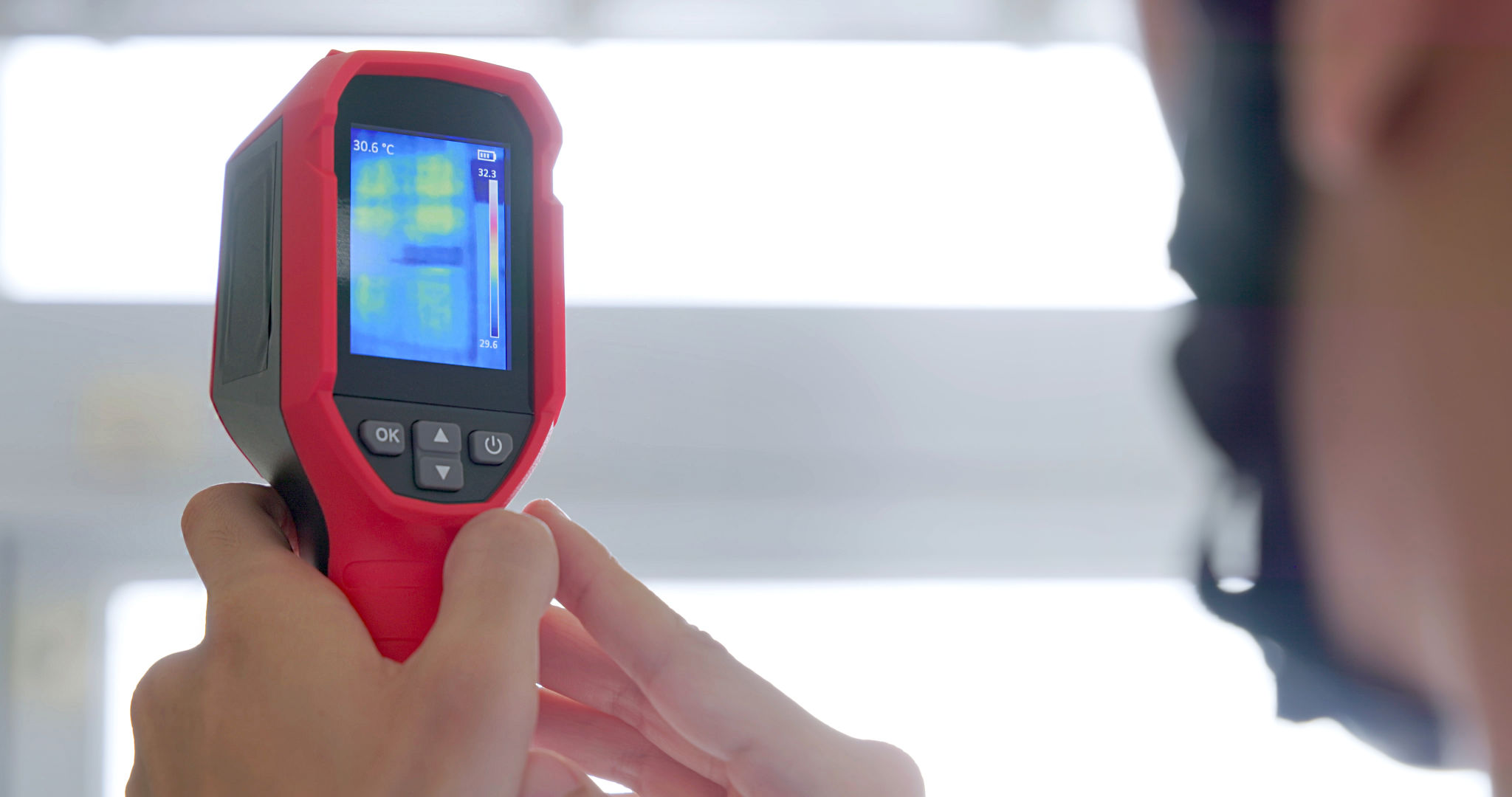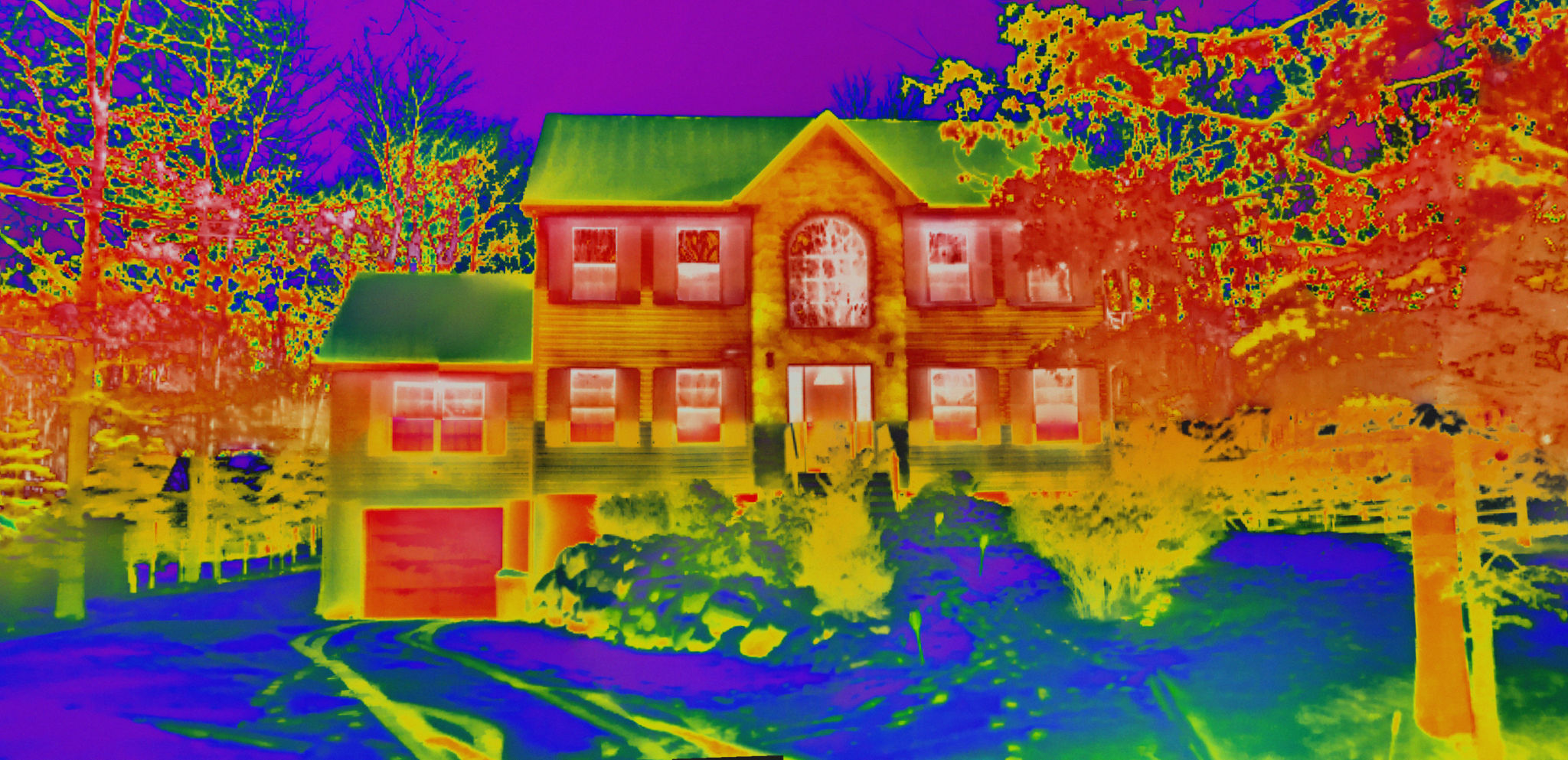Comparing Thermal Imaging to Traditional Inspection Methods
Understanding Thermal Imaging
Thermal imaging is a powerful technology used for inspecting buildings, electrical systems, and mechanical equipment by detecting heat patterns. Unlike traditional inspection methods, thermal cameras capture infrared radiation, which is emitted by all objects based on their temperature. This allows inspectors to see variations in temperature that are invisible to the naked eye.

One of the primary benefits of thermal imaging is its ability to detect issues without direct contact with the object being inspected. This non-invasive approach makes it an ideal choice for identifying hidden problems, such as insulation gaps, electrical faults, and moisture intrusion.
Traditional Inspection Methods
Traditional inspection methods often rely on visual assessments and manual measurements. Inspectors might use tools like moisture meters, borescopes, or even just their eyes to identify potential problems. While these methods can be effective, they often require a significant amount of time and may not provide a complete picture of the issue at hand.
For instance, detecting moisture behind walls may involve invasive methods like drilling holes for probes or removing panels. This can lead to additional repairs and costs, making traditional inspections less appealing in certain situations.

Comparative Analysis
When comparing thermal imaging to traditional inspection methods, several key differences emerge. Thermal imaging offers a comprehensive overview, allowing inspectors to quickly identify anomalies across large areas. This is particularly beneficial in large buildings where manual inspection would be time-consuming and potentially inaccurate.
Moreover, thermal imaging can detect issues that traditional methods might miss. For example, it can reveal electrical hotspots that might not be visible during a visual inspection. This early detection can prevent potential hazards such as electrical fires.
The Advantages of Thermal Imaging
The advantages of thermal imaging extend beyond its ability to detect hidden issues. It also provides a clear visual representation of problems, making it easier to explain findings to clients. This can enhance communication and foster trust between inspectors and property owners or managers.

Furthermore, thermal imaging is fast and efficient, allowing inspections to be completed more quickly than traditional methods. This efficiency can result in cost savings for both inspectors and their clients, as it reduces labor time and minimizes disruptions.
Limitations of Thermal Imaging
Despite its benefits, thermal imaging does have limitations. It requires specialized equipment and trained personnel to interpret the images accurately. Additionally, environmental factors such as wind or rain can affect the accuracy of thermal readings.
Moreover, while thermal imaging can identify temperature anomalies, it does not provide a direct diagnosis of the issue. Further investigation is often required to determine the exact cause of the detected anomaly.
Choosing the Right Method
When deciding between thermal imaging and traditional inspection methods, it's essential to consider the specific needs of the inspection. For comprehensive assessments where non-invasive techniques are preferred, thermal imaging might be the best choice. However, for smaller or more straightforward inspections, traditional methods could suffice.
Ultimately, the choice between these methods depends on the scope of the inspection, budget considerations, and the specific goals of the project. By understanding the strengths and limitations of each approach, inspectors can make informed decisions that best serve their clients' needs.